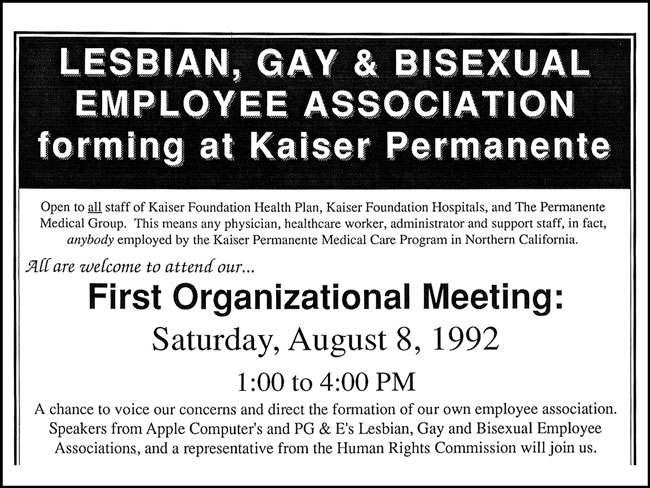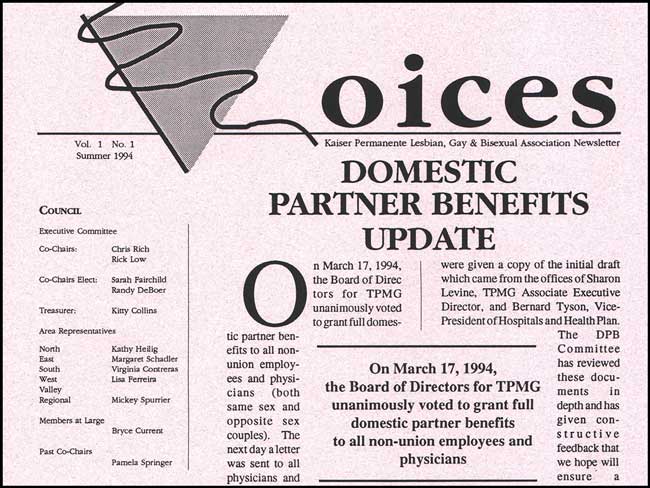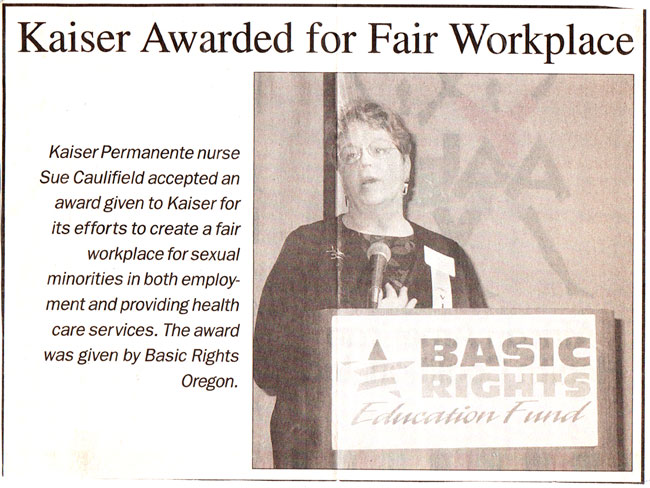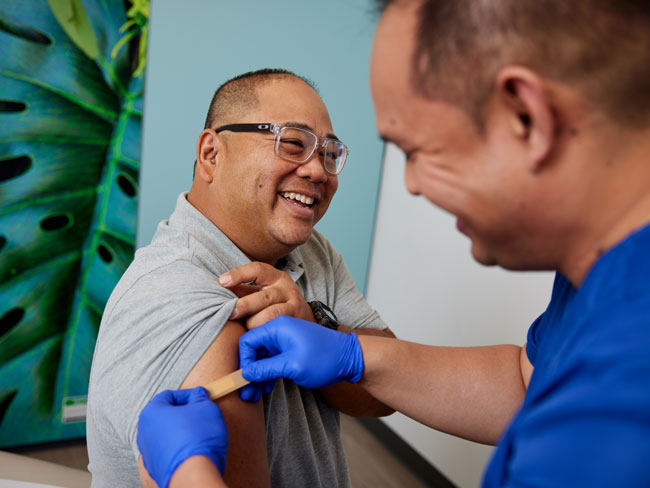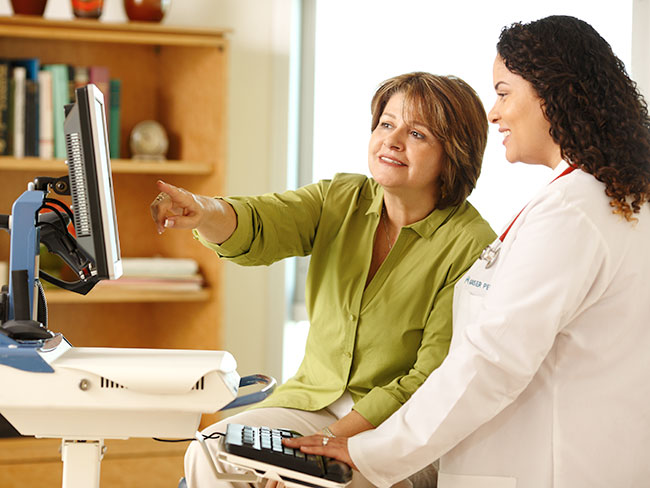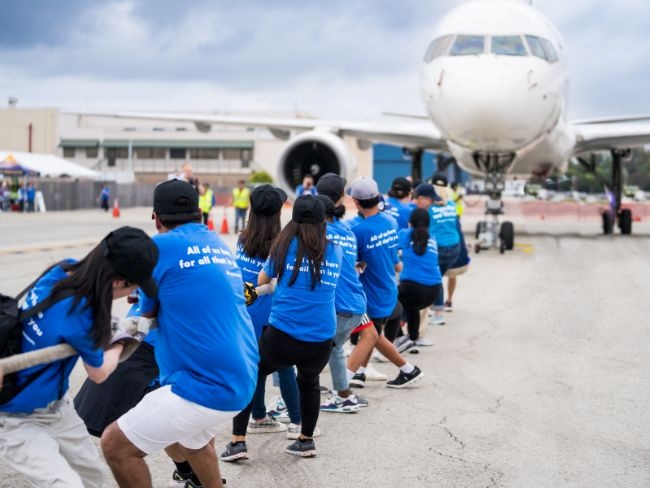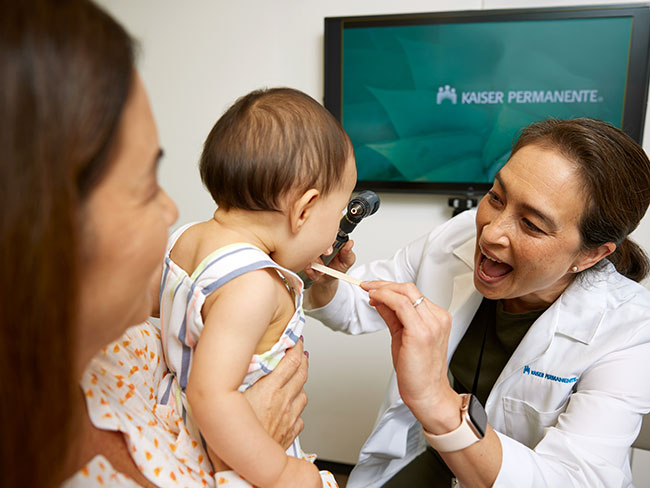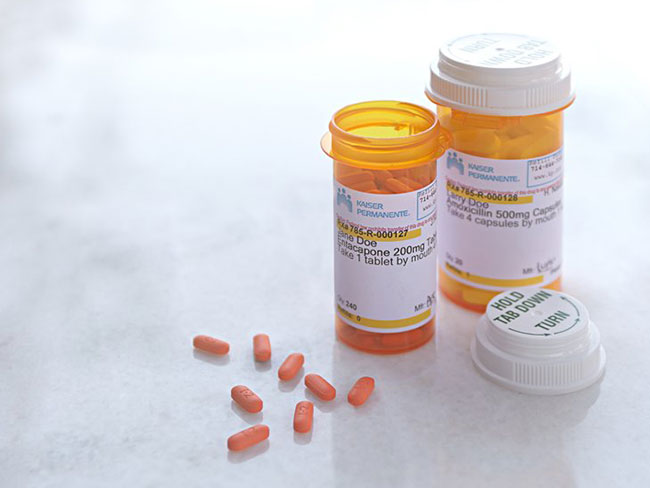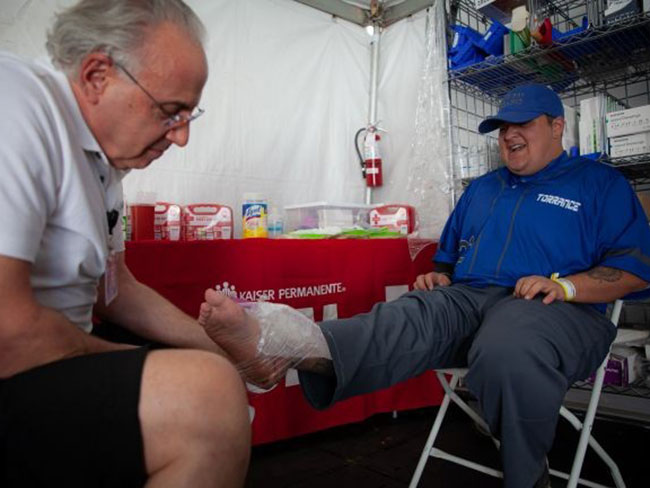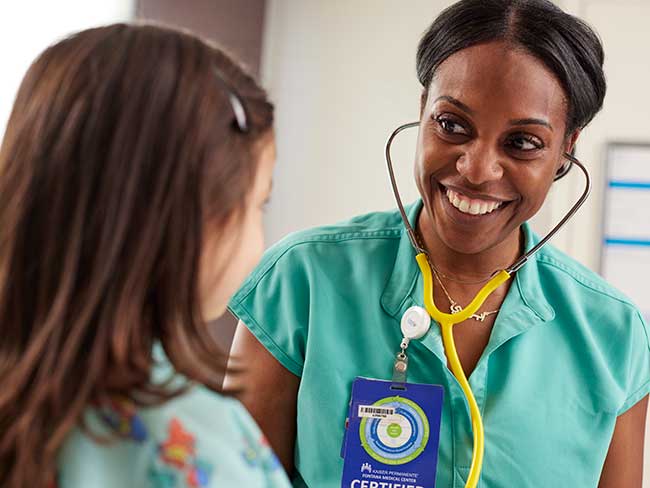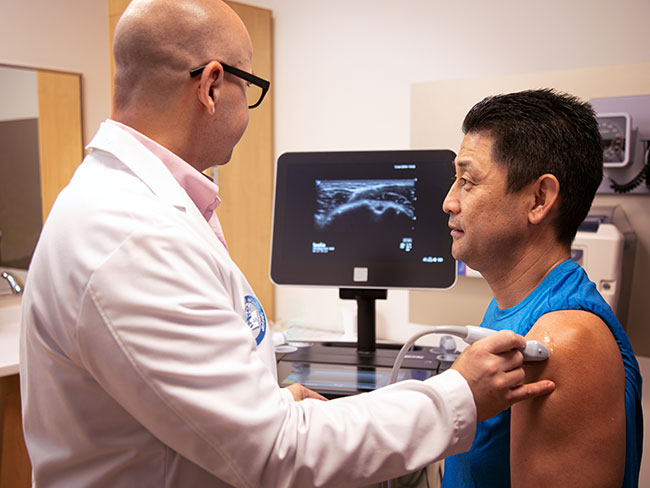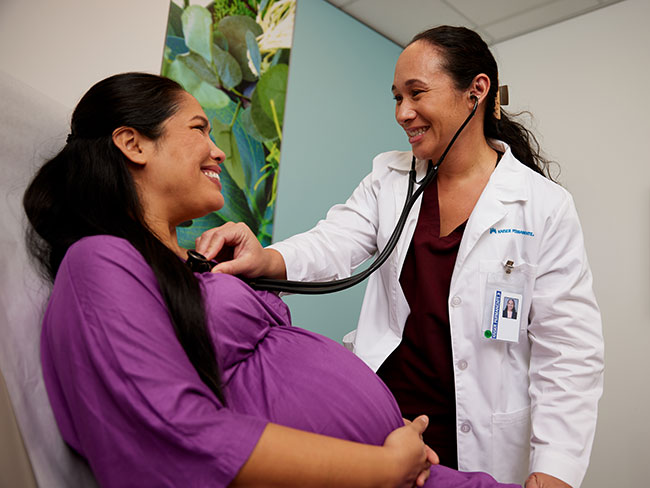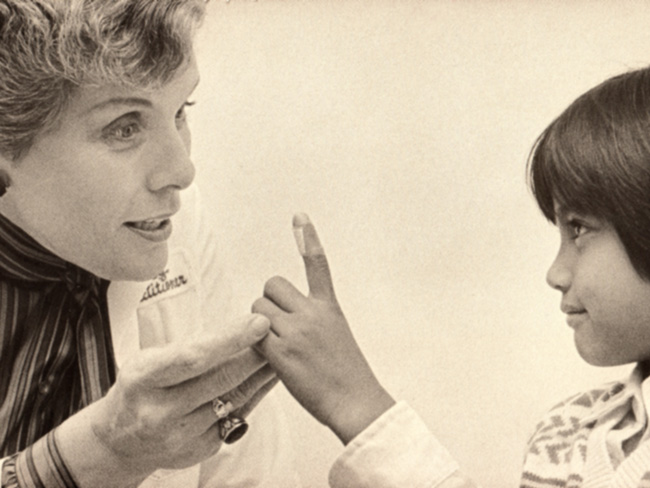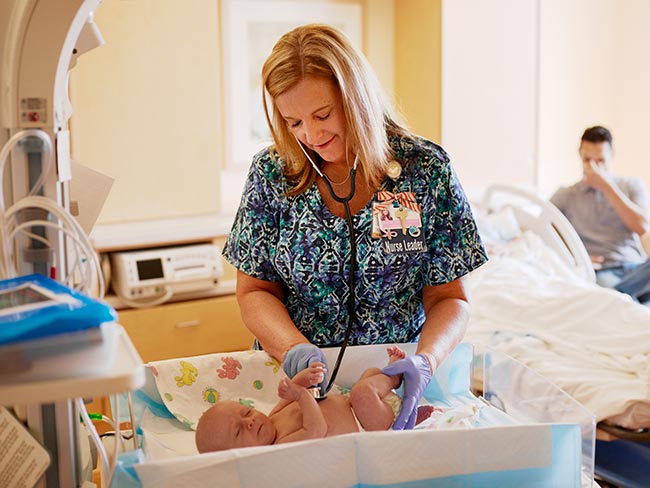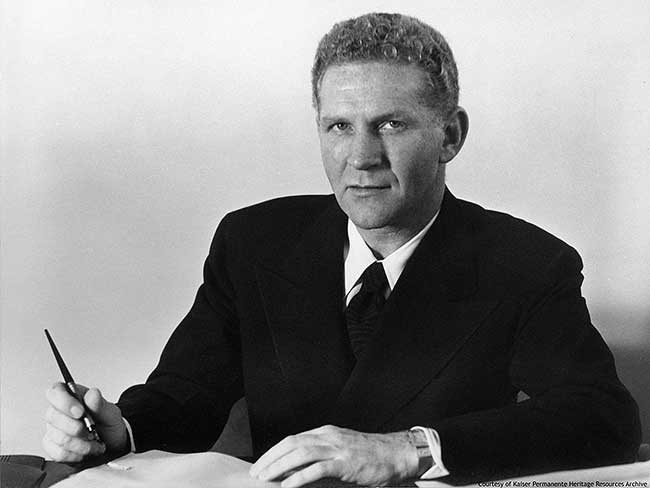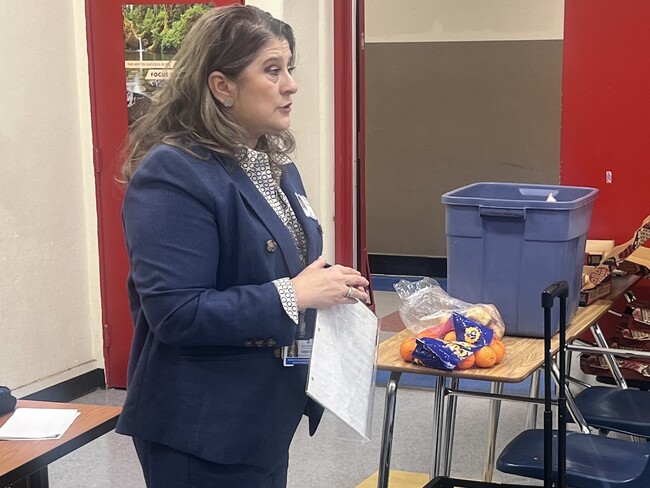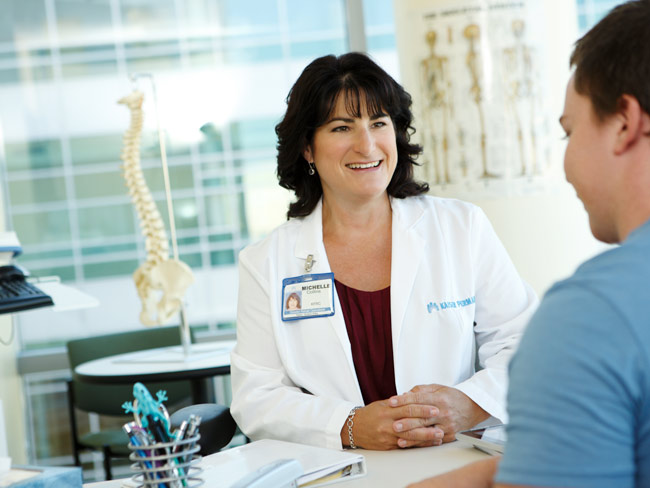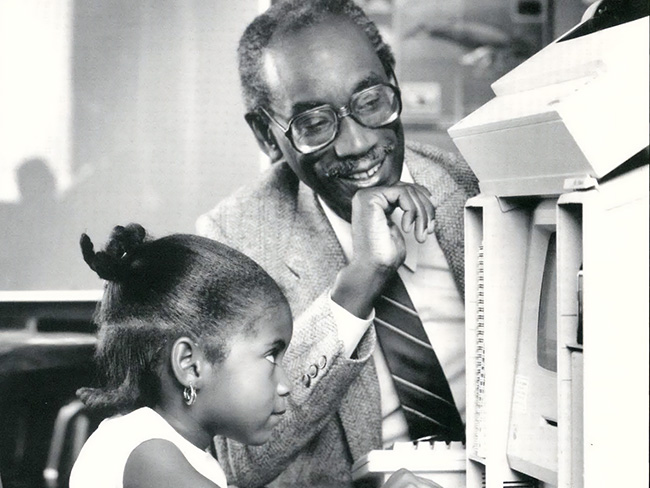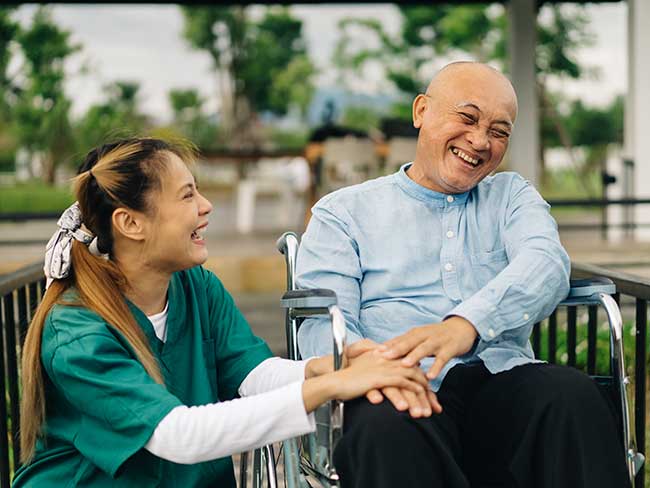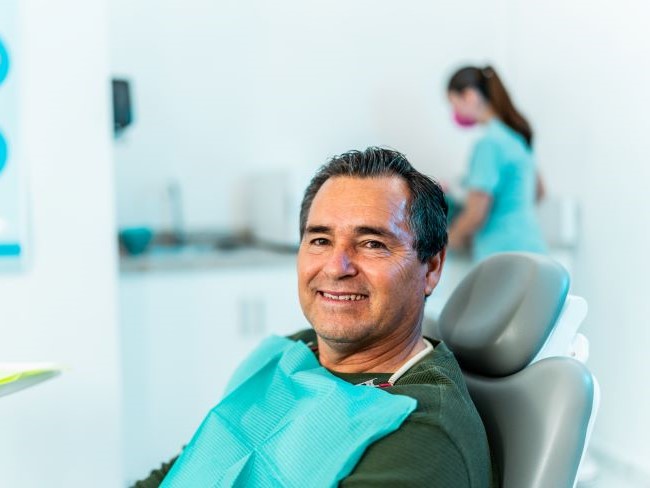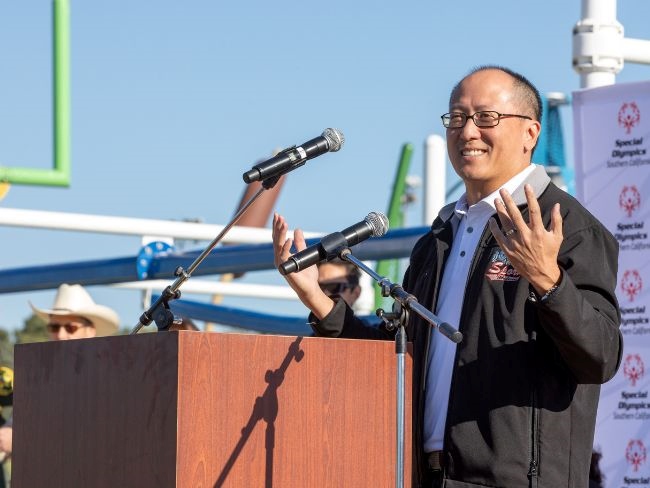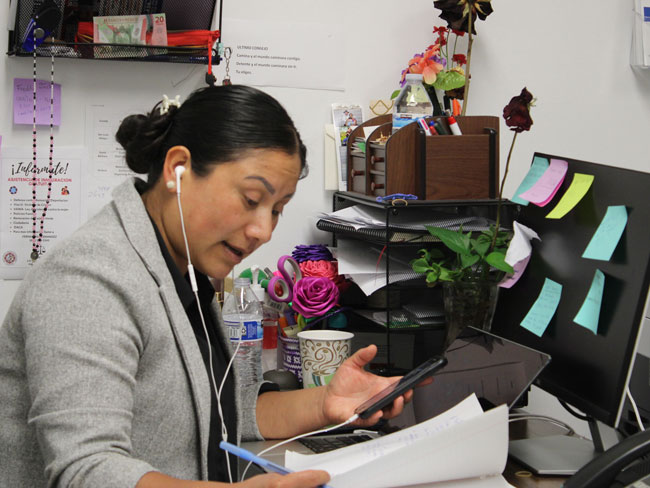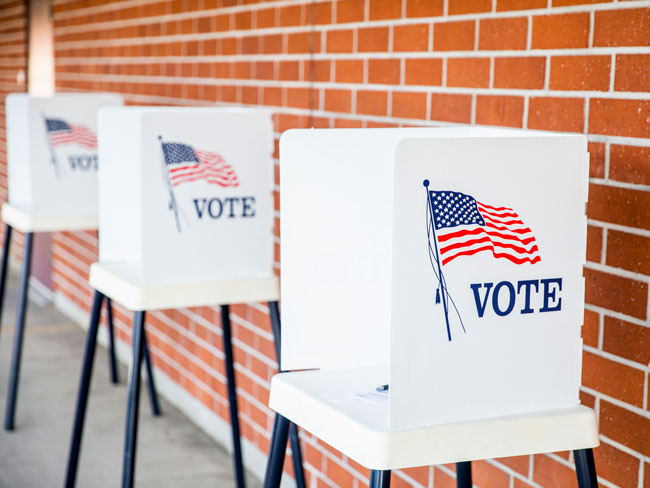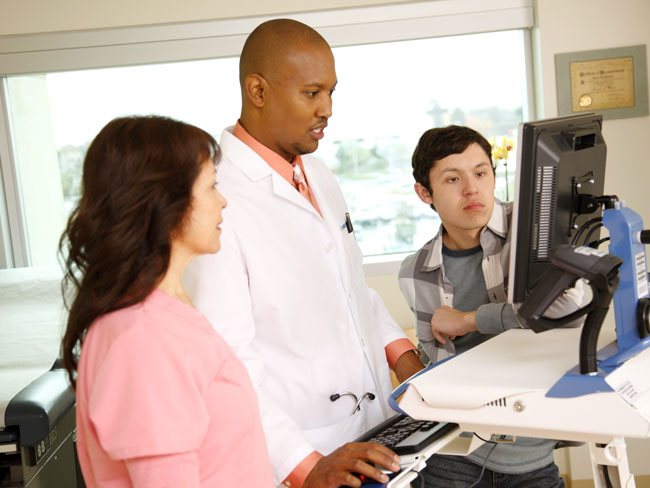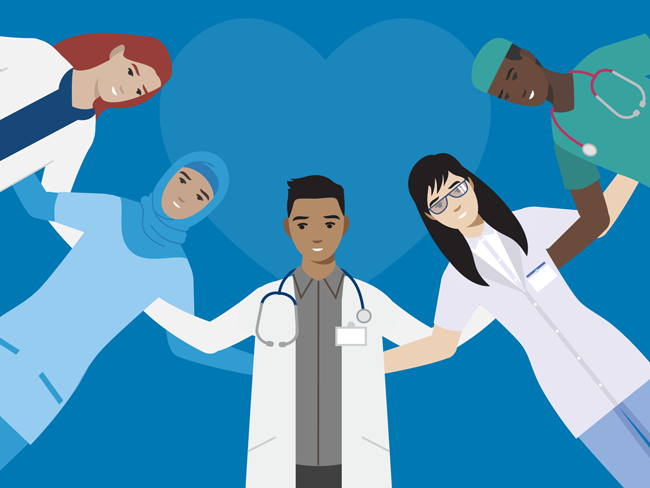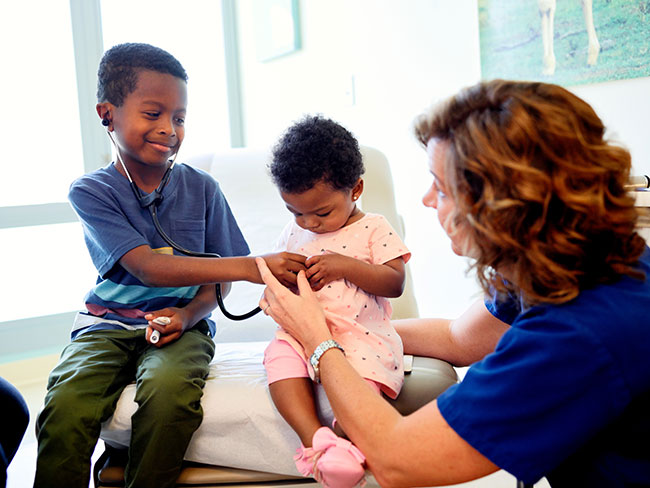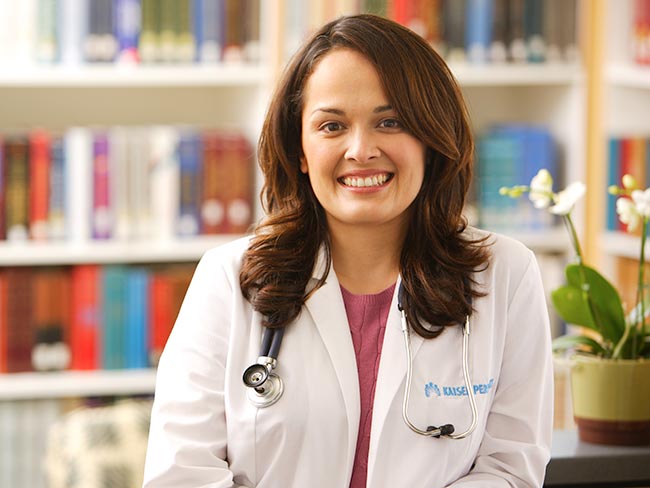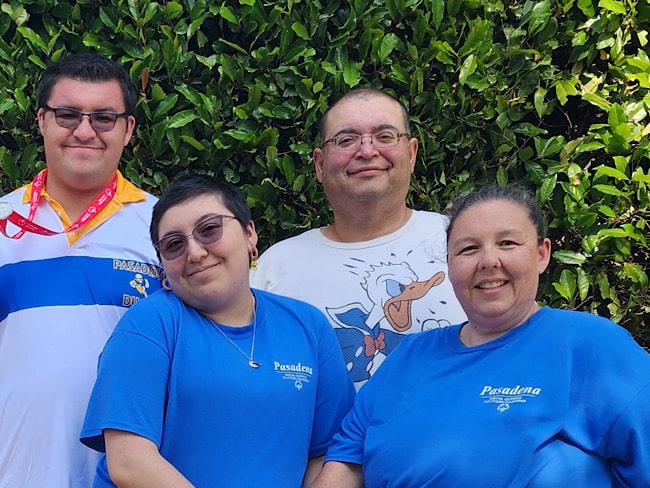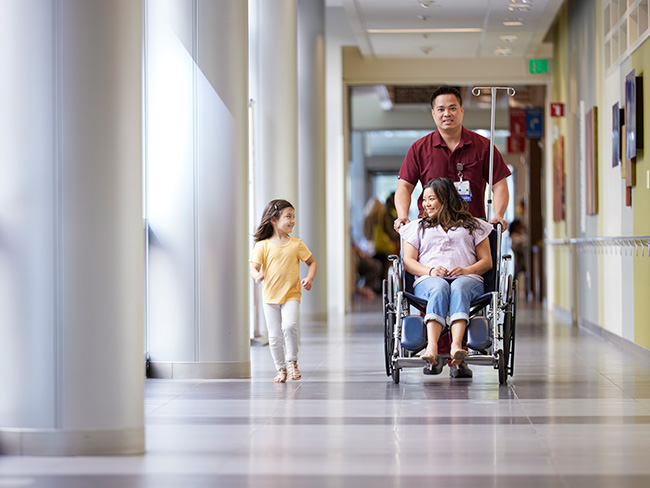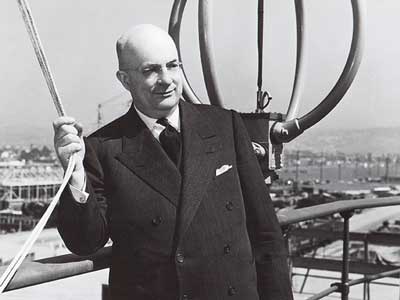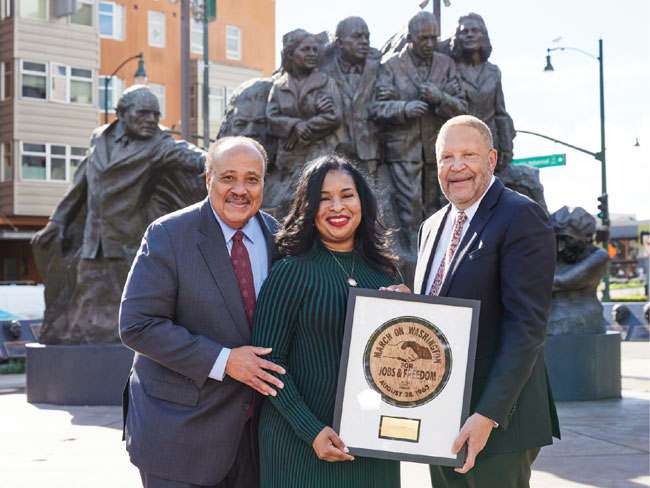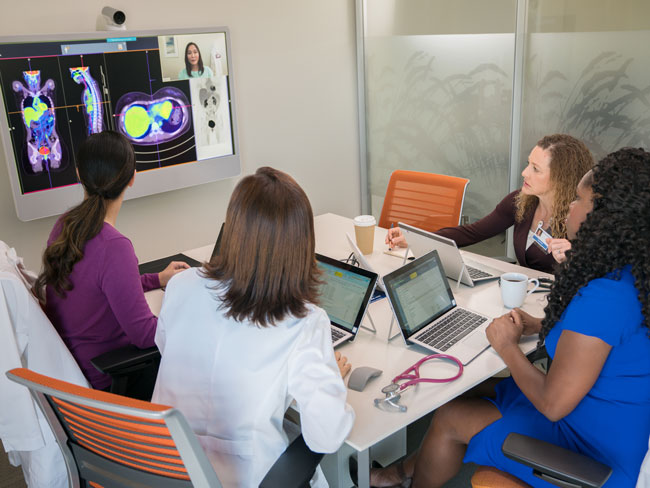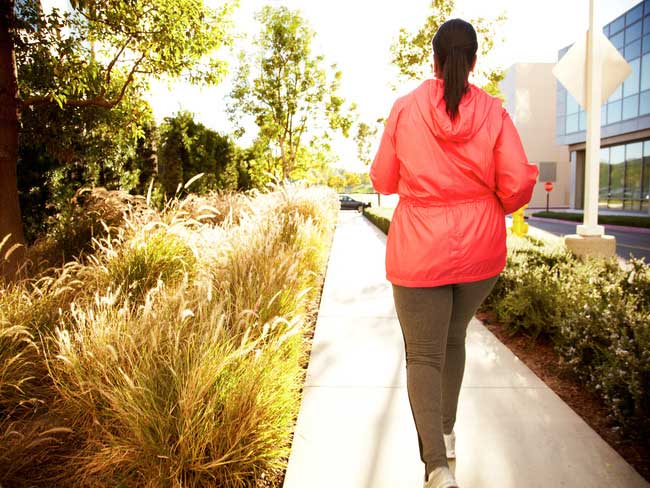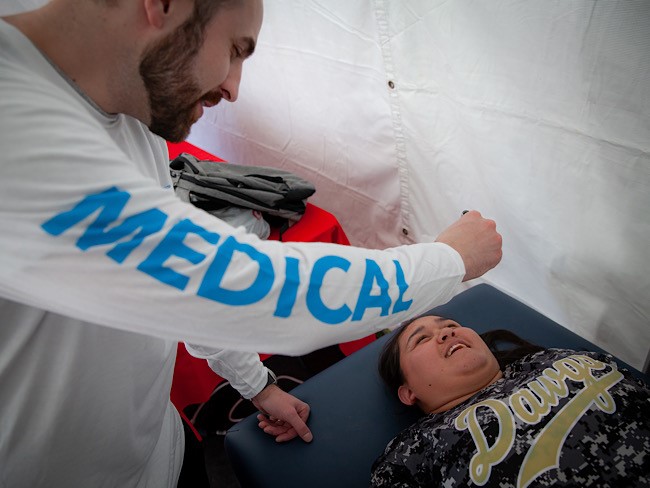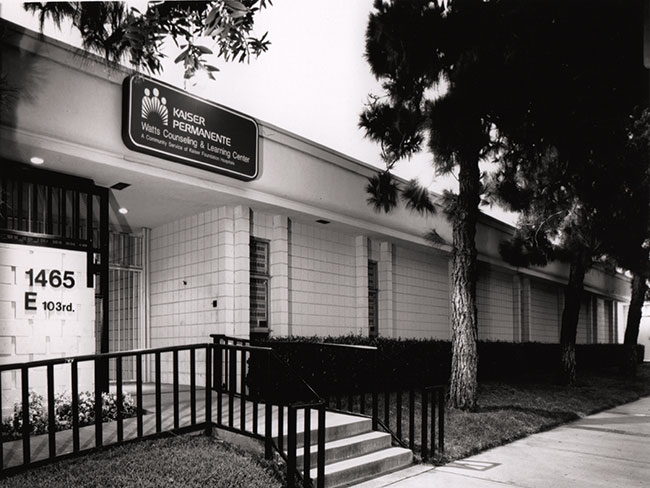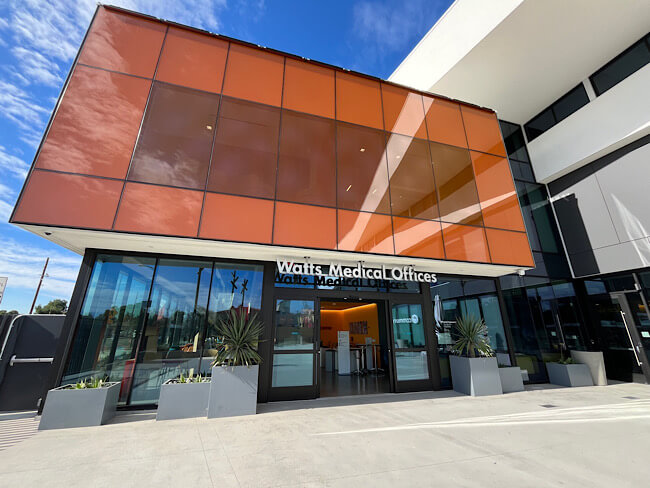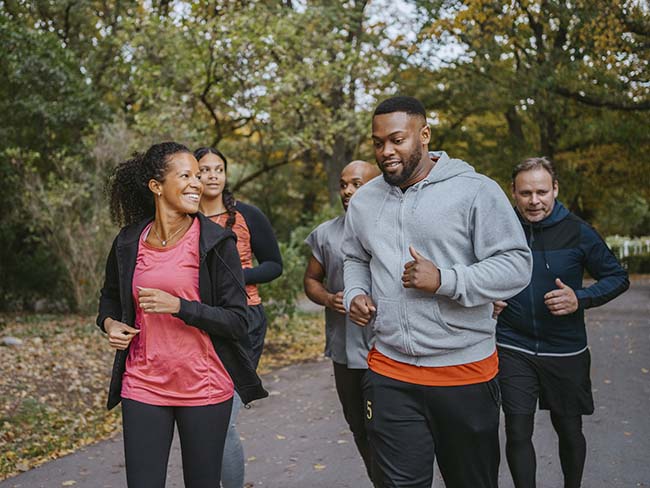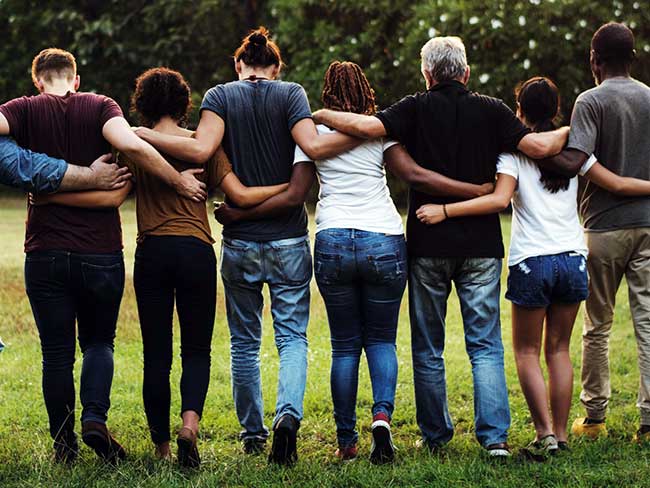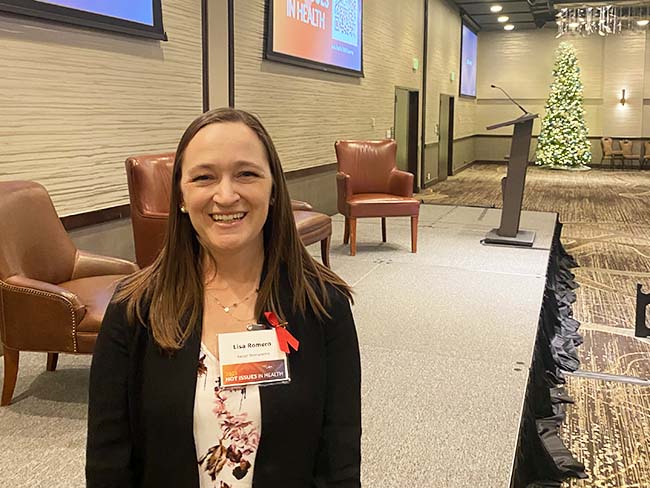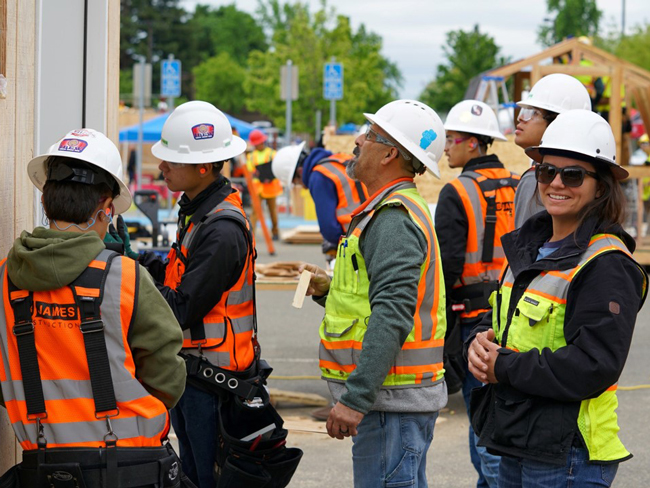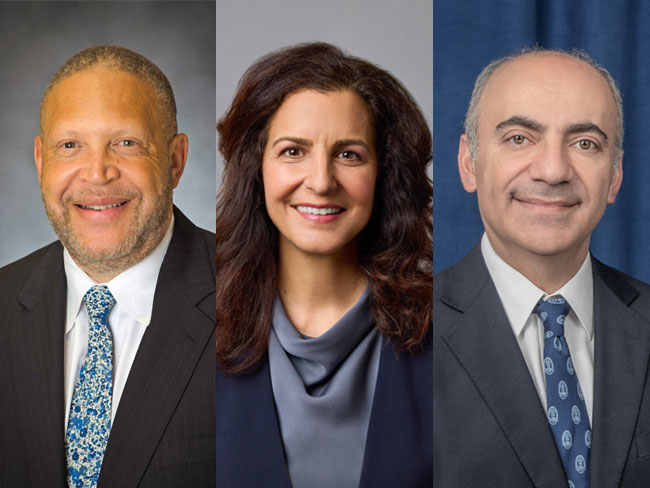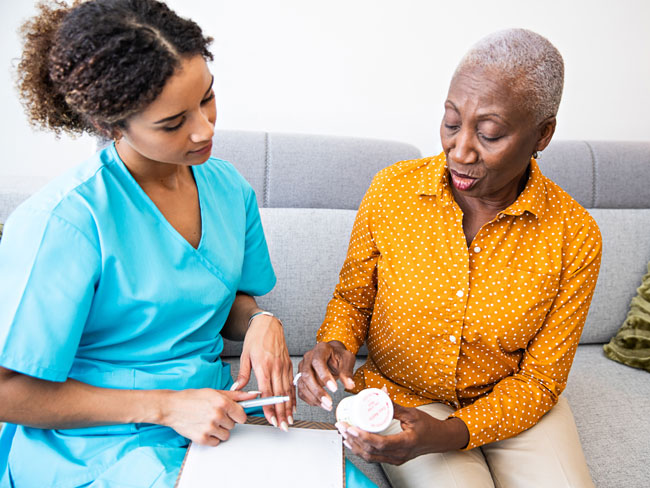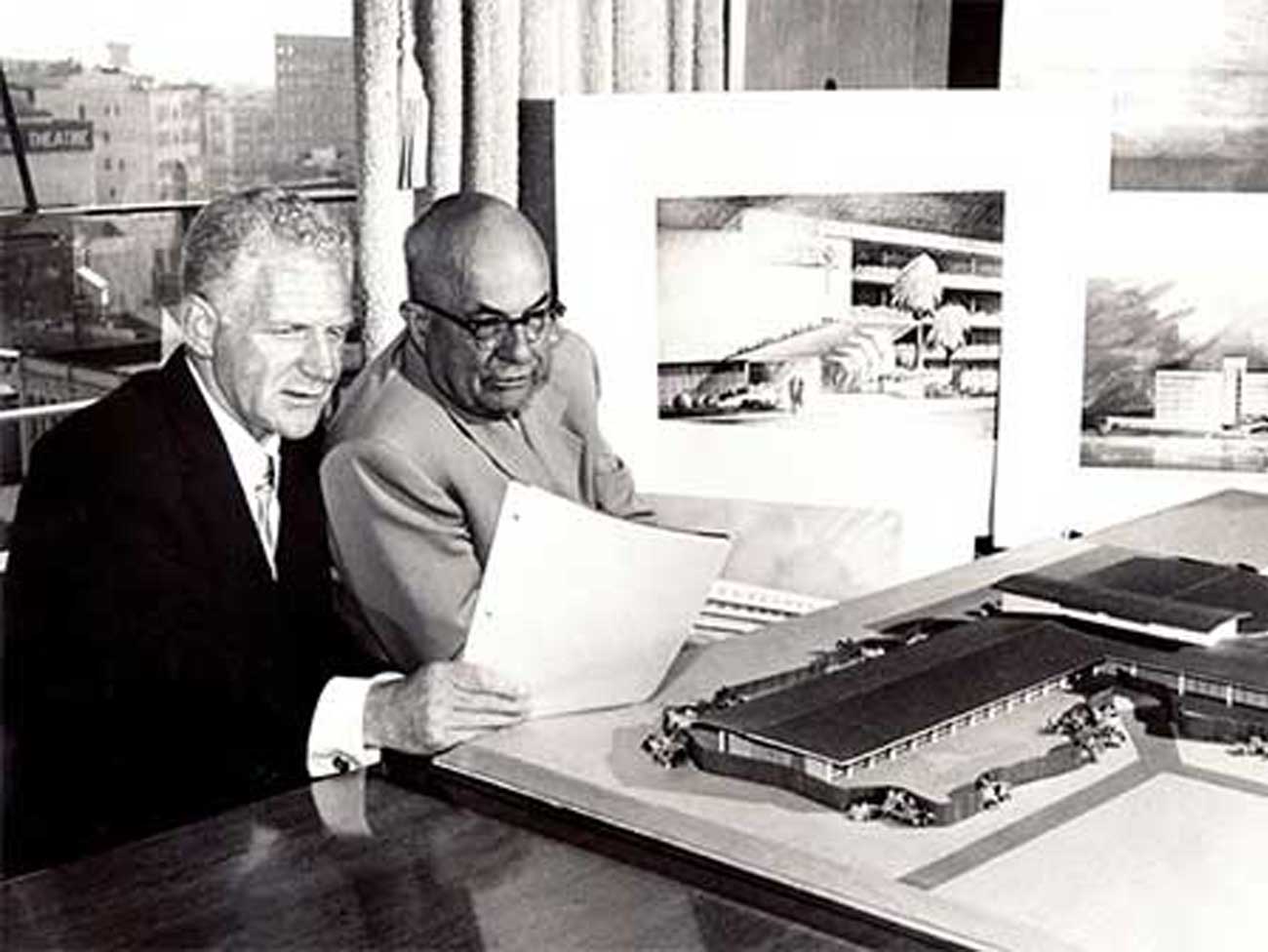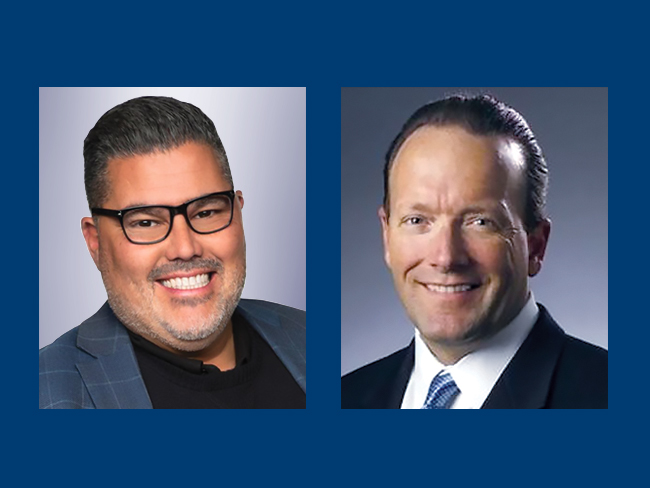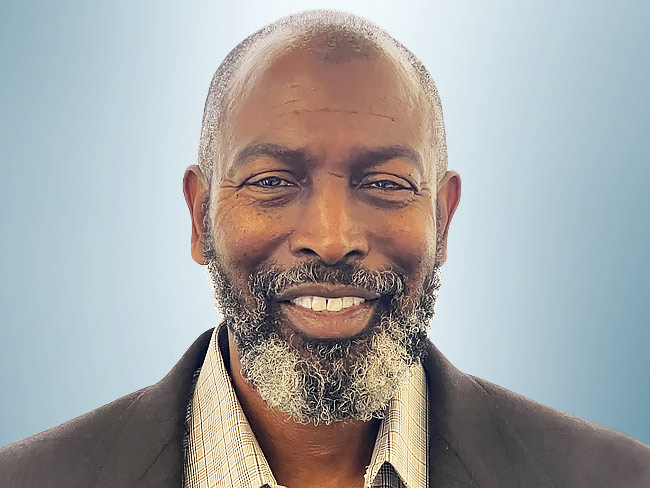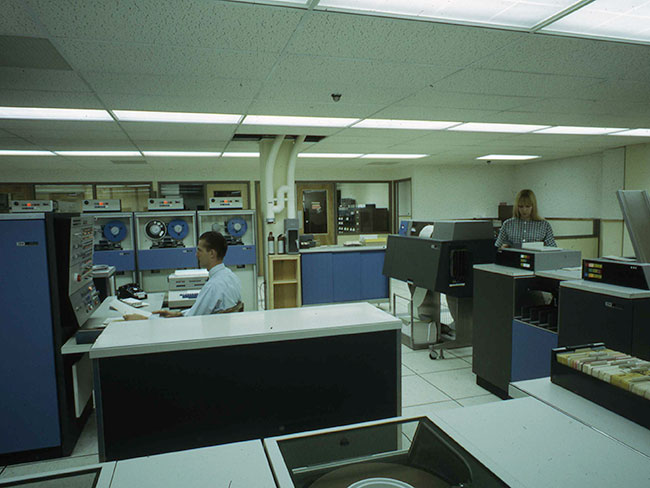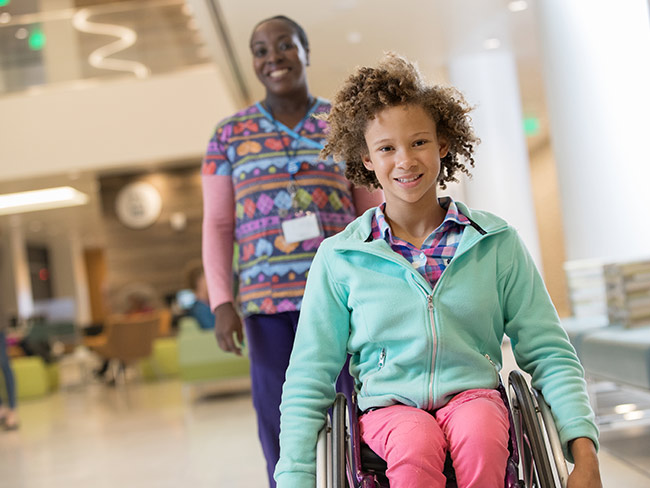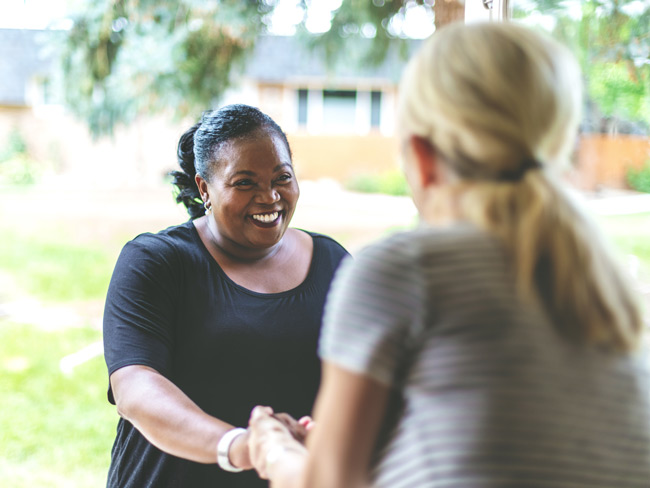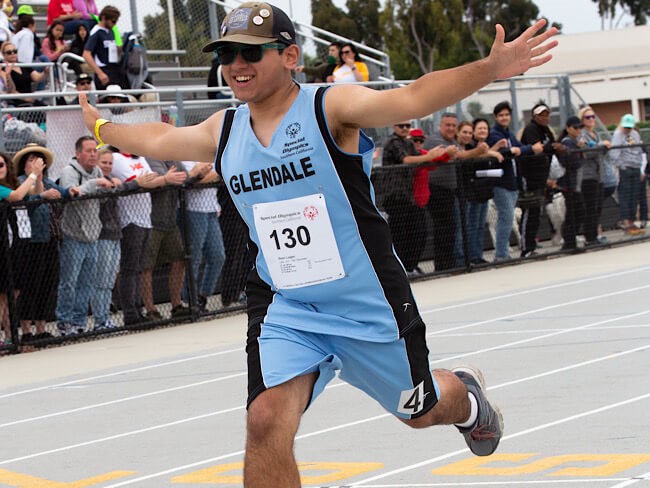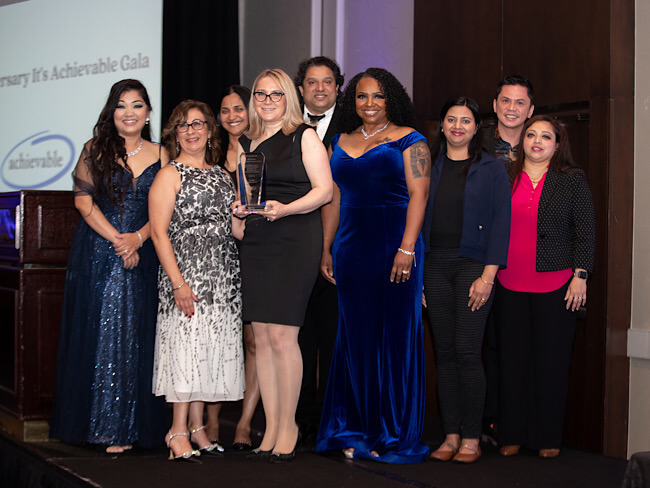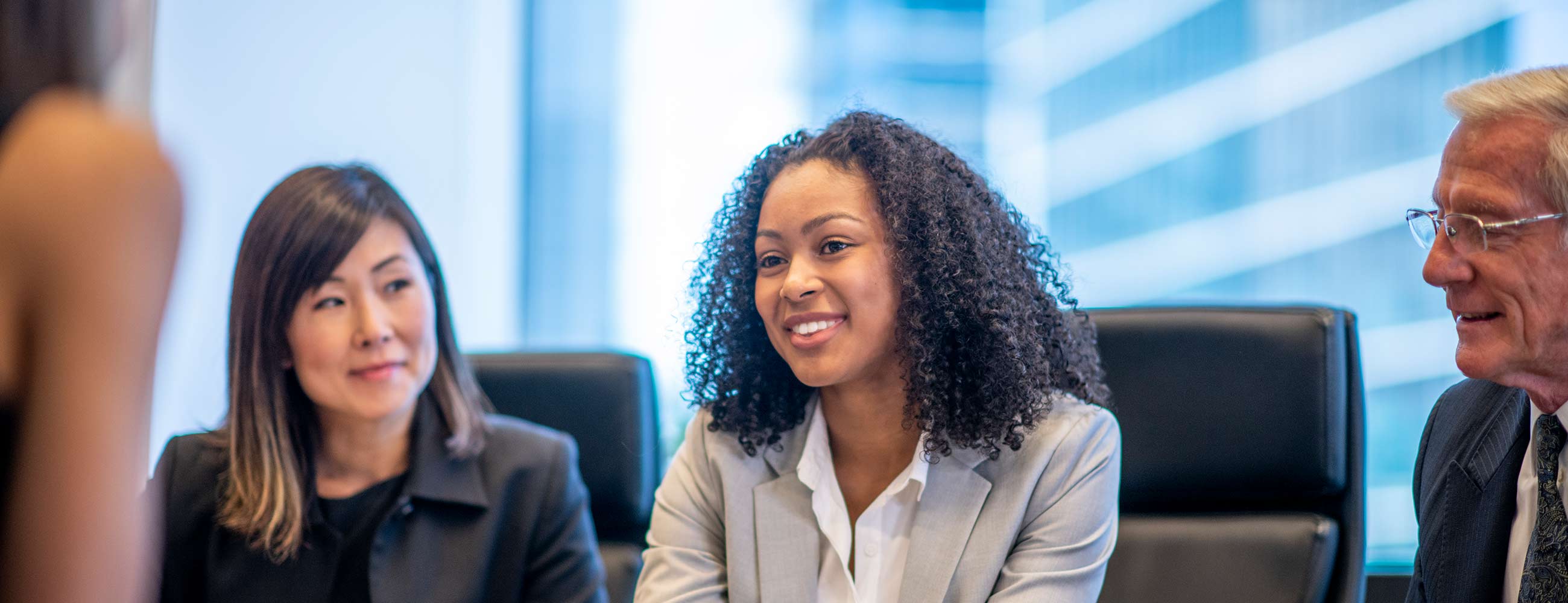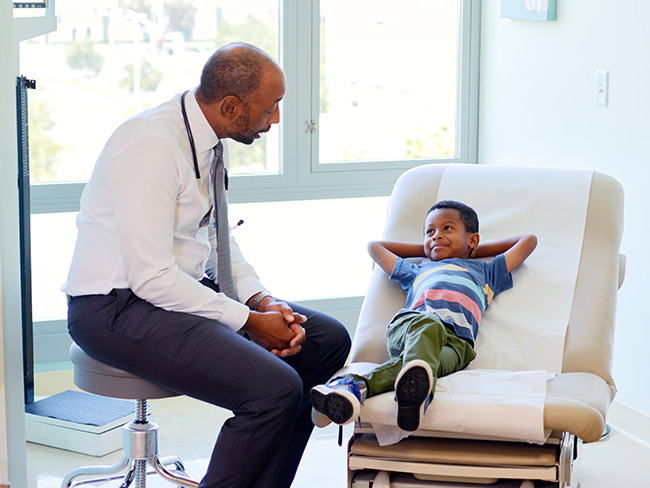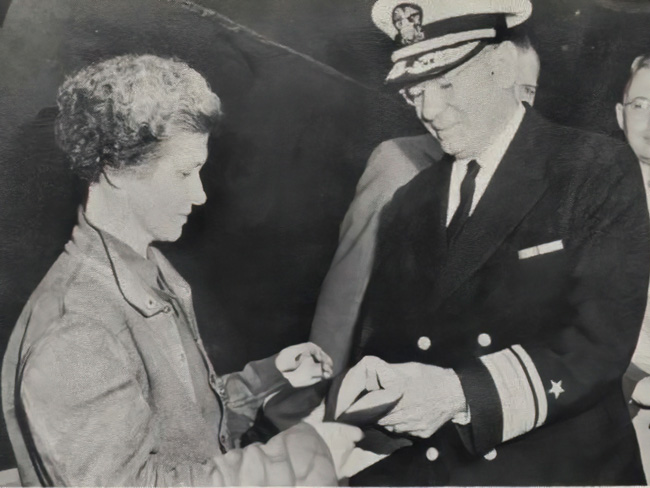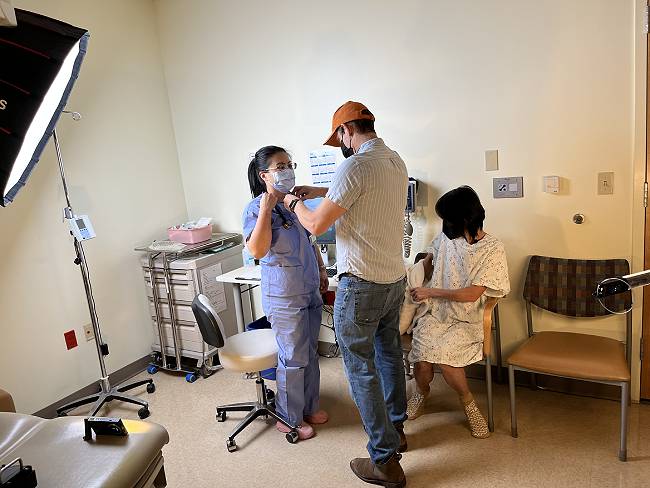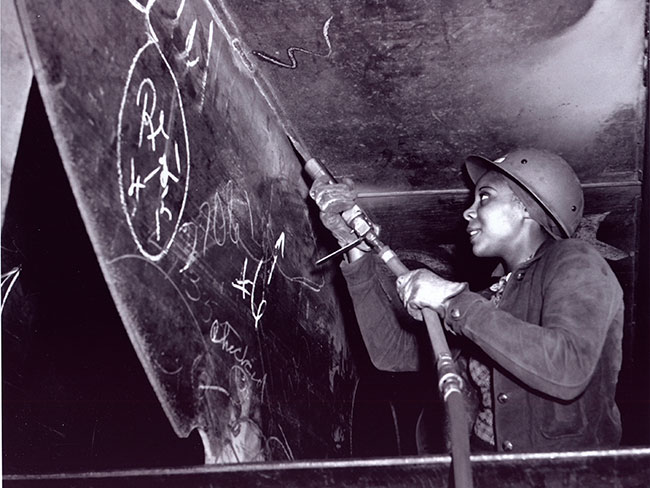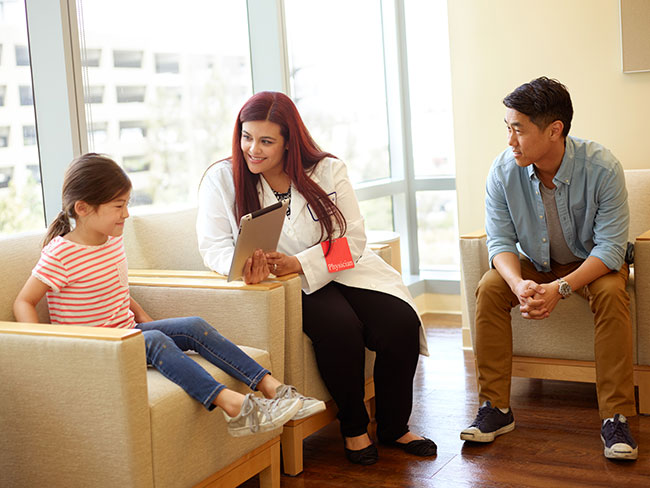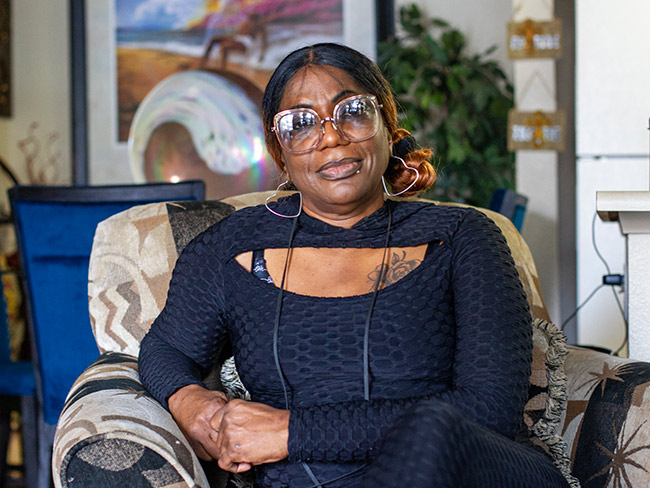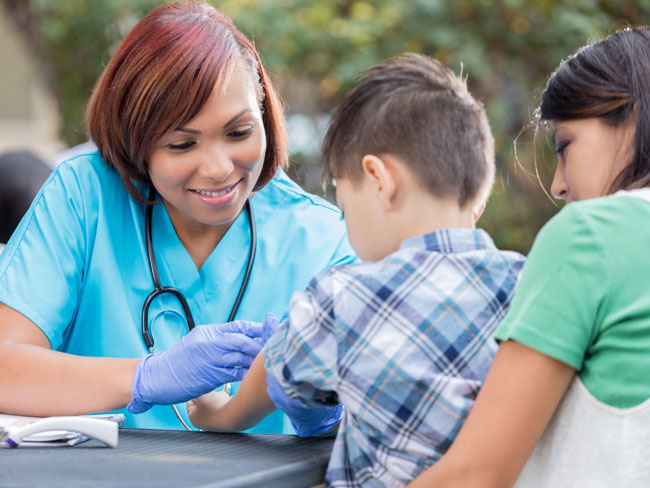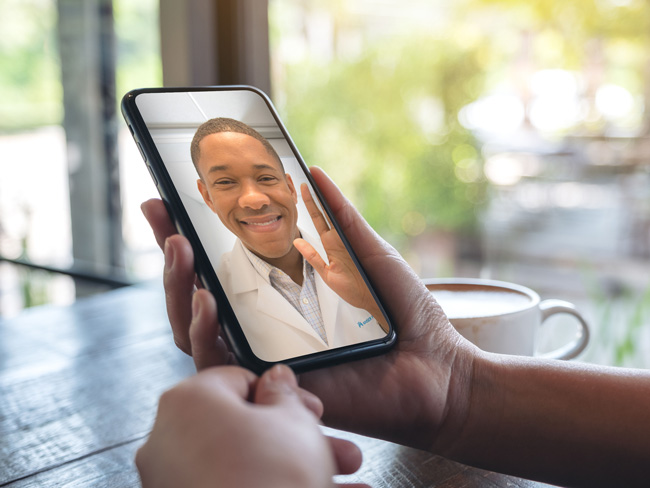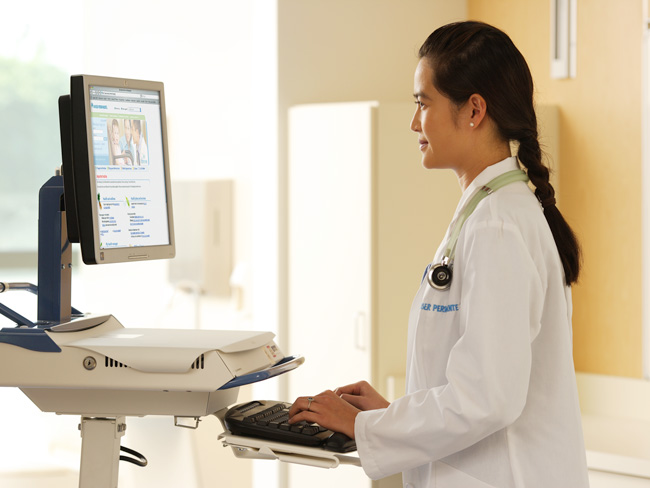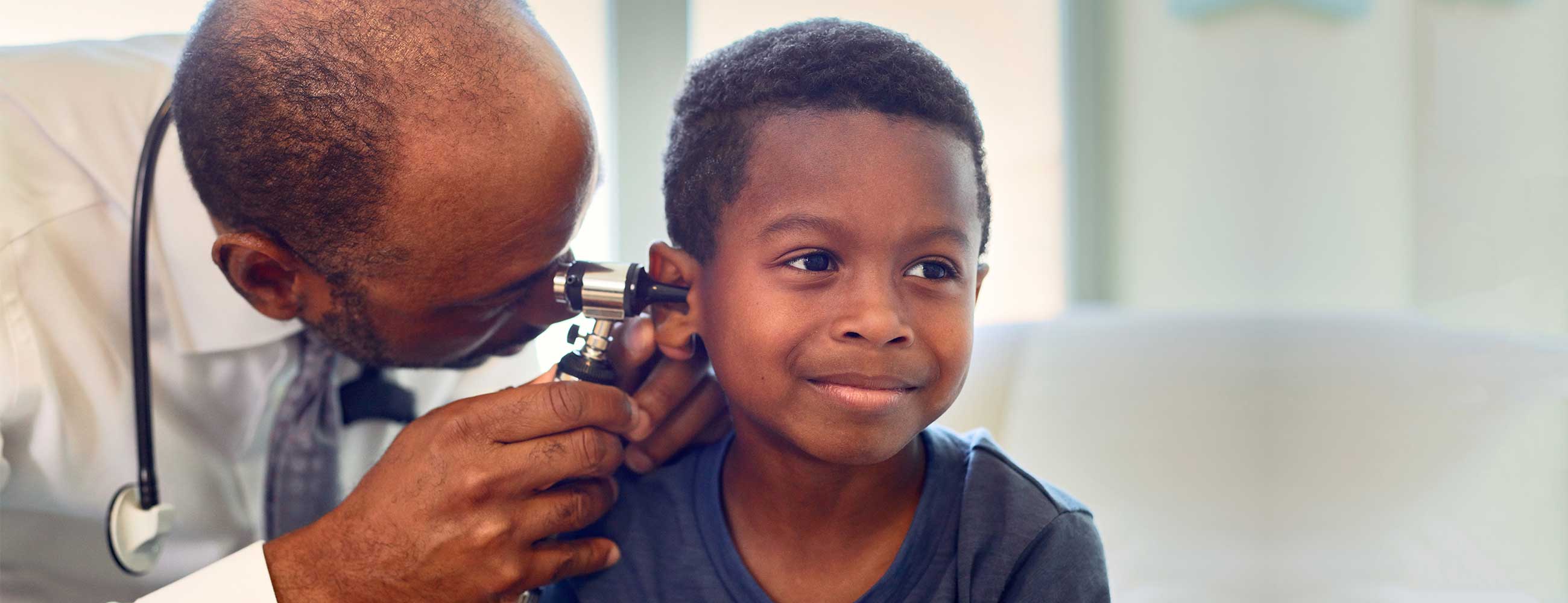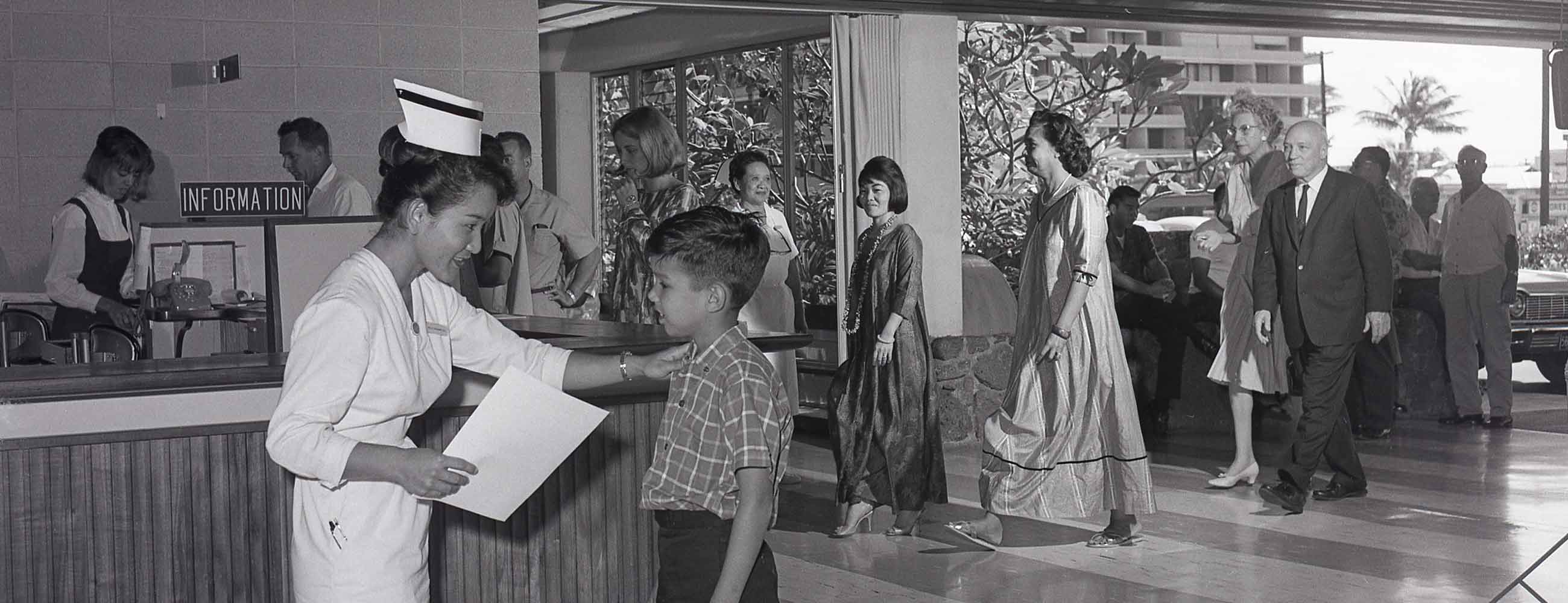Breaking LGBT barriers for Kaiser Permanente employees
“We managed to ultimately break through that barrier.” — Kaiser Permanente LGBT employee and activist Ellen Leonard
2013 San Francisco Pride march, with Jim Best (foreground) and Gregory A. Adams (Executive Vice President and Group President, on float); photo by Ces Rosales
Kaiser Permanente staff has participated in the annual San Francisco LGBT Pride Parade and Celebration since 1994 — as Kaiser Permanente workers now participate in and support local parades and events across the country — and that’s just one example of the organization’s involvement in what is now called equity, inclusion, and diversity.
Our commitment began during World War II when Henry J. Kaiser was hiring workers to build ships. After that war Kaiser Permanente stood up against discrimination when starting a school of nursing (open to all races when it opened in 1947) and attracting physicians.
The desire to fight discrimination was further spurred by the Civil Rights movement of the late 1950s and early 1960s. In 1976, Kaiser Permanente embraced the federal restorative top-down mechanism known as affirmative action, and in 1989, the first bottom-up institutional association (now called business resource groups) was formed — the Kaiser Permanente African American Professional Association. This was followed by the Kaiser Permanente Latino Association in 1990 (now Latinx), and Asian American Network in 1991 (now the Asian & Pacific Islander Association).
Employees who didn’t fit the conventional gender binary or sexual orientation would have to wait until 1992 when the group that is now known as KP Pride was formed to support the lesbian, gay, bisexual, and transgender community.
Over time, that group successfully encouraged Kaiser Permanente to:
- Offer domestic partner benefits in California, 1994
- Create primary care sensitivity training for HIV/AIDS staff, 1997
- Develop culturally-competent care training and a handbook, 1999
- Get transgender care as an add-on benefit for Kaiser Permanente customers, 2001
- Provide corporate support for marriage equality, 2014
- Offer transgender care as an employee benefit, 2015
KP Pride started when Alva Wheatley, national vice president for Kaiser Permanente facilities, held a meeting about employee associations for diversity. Wheatley connected Ellen Leonard, now-retired vice president of Kaiser Foundation Health Plan and Hospitals Operations, and Jeffrey Brooks, an executive assistant in the legal department, with Joe DiMilia, a health educator at the Oakland Medical Center, and Alan Johnson, a social worker in Walnut Creek — and they knew the time was right for KP Pride.
Leonard explained the origins of KP Pride and the association’s successes. These edited excerpts are from a 2018 interview:
"During the 1980s, non-discrimination ordinances were being adopted in municipalities around the country. Our customers were asking Kaiser Permanente to include health plan coverage for domestic partners. San Francisco had adopted their ordinance requiring anyone that contracted with San Francisco to provide domestic partner benefits. It was time for something to happen at Kaiser Permanente; something more mainstream."
They spoke with friends in the organization and spread the word through email and posters in medical centers. Leonard was surprised people were willing to get involved.
"At our first meeting at the San Francisco Geary Hospital, I think we had between 30 and 50 people show up. … We identified priorities for action — domestic partner benefits and identifying queer-sensitive providers were 2."
Leonard worked with the domestic partner team, along with Pam Springer (Videoconferencing Systems supervisor), Jean Nudelman (director of Community Benefit Programs, Northern California) and Jim Best (IT Telecommunications analyst). It was a very special group as it included unmarried straight folks as well as bisexuals.
"We were modeling a collaboration among gay people and allies. From the beginning, physicians from The Permanente Medical Group were part of our group. Diane Kelly, MD, a member of the TPMG board, was an out lesbian and was critical to getting where we got with domestic partner benefits because TPMG decided to do it. As with a lot of issues in the program, physician leadership was critical."
Fast forward 20 years and we started to focus on eliminating the exclusion for sexual reassignment surgery. Bernard J. Tyson (then president and COO of Kaiser Foundation Health Plan and Hospitals) was very supportive. So were actuarial services, the regional presidents, and especially the Permanente Medical Groups. [But] the regulator in California wouldn’t let us add this benefit without proof of an adequate provider network.
"We managed to ultimately break through that barrier."
"The epiphany for me in this was how social change can happen when there's a market, but also, how a market can make social change. Because we were providing the benefit, more providers got qualified to do these surgeries. That made them more available and more affordable. In this process, it was transgender people who knew what they needed for coverage and Kaiser Permanente recognized that we should rely on their knowledge. I feel really proud of Kaiser Permanente and to have been a part of all this work, but it was only because of the work of many folks — gay, straight, bi and trans — all across this amazing organization."
Equity, inclusion, and diversity within Kaiser Permanente and the communities we serve: It was good practice in 1942, in 1992, and now.
